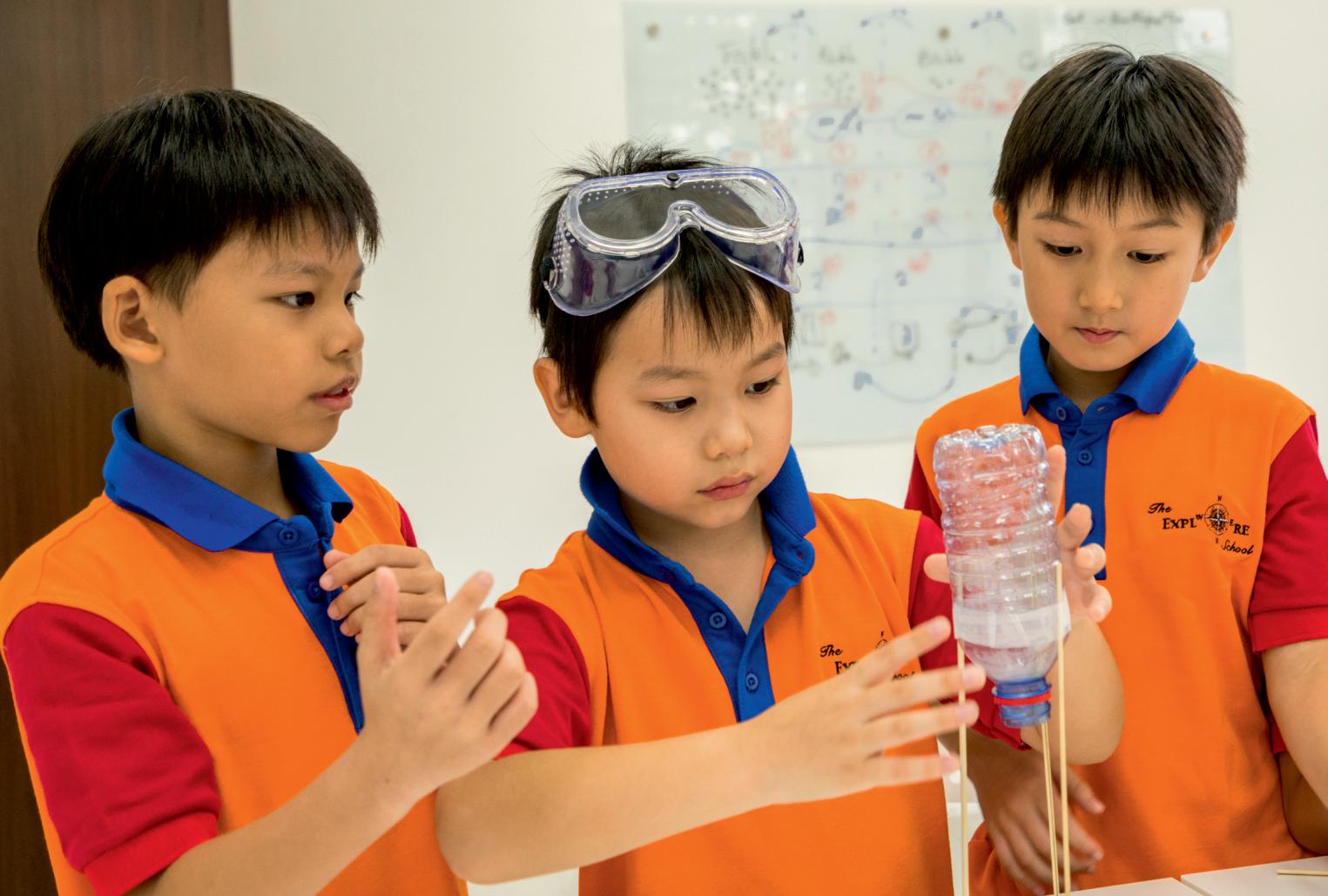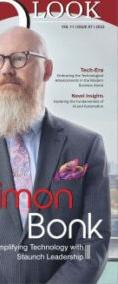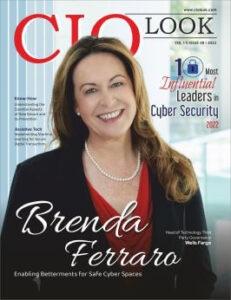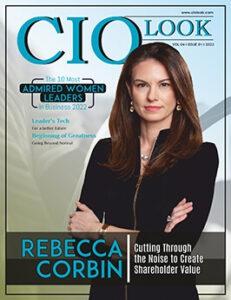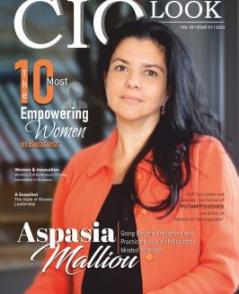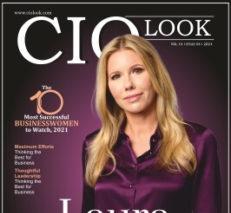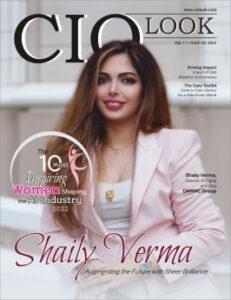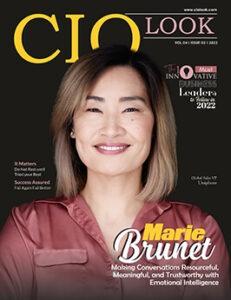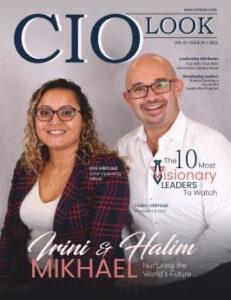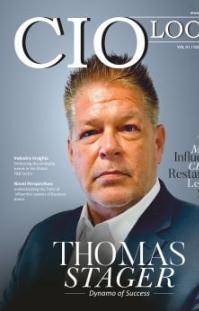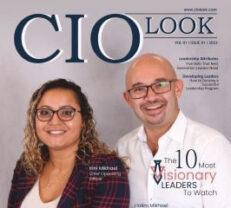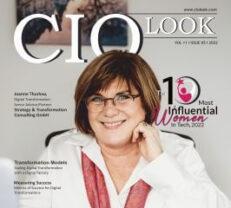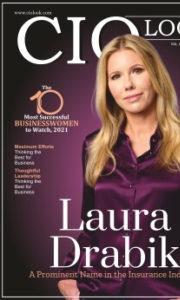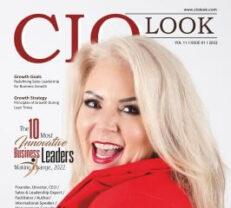MIT PROFESSOR
August, 2025
Adap�ve Methods Innova�ve Approaches to Educa�on Transforma�on
Strengthening Learners Revolu�onizing Educa�on Through the Next-Genera�on Approach











MIT PROFESSOR
August, 2025
Adap�ve Methods Innova�ve Approaches to Educa�on Transforma�on
Strengthening Learners Revolu�onizing Educa�on Through the Next-Genera�on Approach











Visionary educators are transformative leaders who
move beyond traditional teaching to redefine how knowledge is delivered and experienced They serve as innovators and mentors, using education as a catalystforsocialimpactandpersonalgrowth.Anticipating the evolving needs of learners and society, they pioneer inclusivepedagogies,technologies,andlearningmodelsthat promotecriticalthinkingandlifelonglearning.Amongthem is Richard Larson, widely recognized for his groundbreaking contributions to both education and research.
CIOLookinitsrecenteditiontitledChampioningChange: 2025’s Leader in Educational Equity and Innovation, highlights the contributions of Larson, who is widely recognized for advancing the intersection of scientific research and real-world application His work spans emergency response systems, urban planning, and STEM education, translating complex models into practical tools thatdrivesocietalbenefit.Apioneerinqueueingtheory,Dr. Larson developed the Queue Inference Engine and the
Hypercube Queueing Model, both of which have significantlyimprovedserviceefficiencyacrosssectorssuch as healthcare, transportation, and public safety As the founder of MIT LINC and principal investigator of the BLOSSOMS initiative, he has also played a pivotal role in expanding access to interactive STEM education globally, withafocusonunderservedcommunities.
Larson's leadership is characterized by a commitment to mentorship, collaboration, and the promotion of critical thinking He consistently advocates for model-based reasoning that is grounded in ethical and human-centered decision-making, an approach that holds particular relevance in today’sAI-driven landscape.Although he has retiredfromactiveresearch,hecontinuestobeaninfluential figure in shaping the future of education and policy His legacyextendsbeyondhistechnicalinnovations,reflectinga deep belief that technology, when guided by curiosity and empathy, has the power to drive meaningful and lasting globalprogress.
Haveagreatreadahead!


Adaptive Methods
Innova�ve Approaches to Educa�on Transforma�on
Strengthening Learners
Revolu�onizing Educa�on Through the Next-Genera�on Approach

C O N T E N T S
PoojaMBansal Editor-in-Chief
CONTENT
Deputy Editor Anish Miller
Managing Editor Prince Bolton
DESIGN
Visualizer Dave Bates
Art & Design Director Davis Mar�n
Associate Designer Jameson Carl
SALES
Senior Sales Manager Wilson T., Hunter D.
Customer Success Manager Collins J.
Sales Execu�ves Tim, Smith
TECHNICAL
Technical Head Peter Hayden
Technical Consultant Victor Collins
SME-SMO
Research Analyst Eric Smith
SEO Execu�ve Alen Spencer

FOLLOWUSON www facebook.com/ciolook www.twi�er.com/ciolook

WE ARE ALSO AVAILABLE ON
Email info@ciolook com For Subscrip�on www.ciolookmedia.com CONTACTUSON
Copyright © 2025 CIOLOOK, All rights reserved. The content and images used in this magazine should not be reproduced or transmi�ed in any form or by any means, electronic, mechanical, photocopying, recording or otherwise, without prior permission from CIOLOOK. Reprint rights remain solely with CIOLOOK.
August,2025





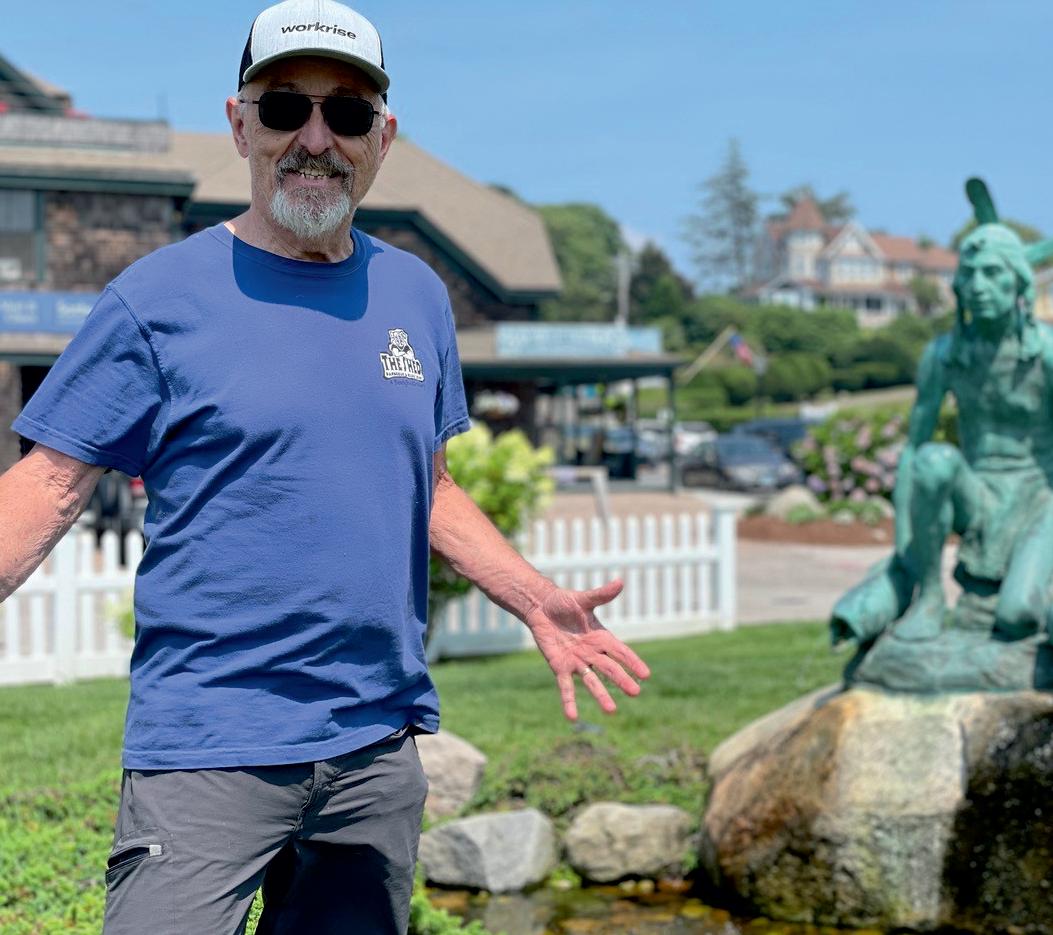

Championing Change: 2025’s Leader in Educational Equity and
Dr. Richard Larson, Professor Post Tenure at the
Massachusetts Institute of Technology (MIT), has earned a distinguished place. Recognized for his visionarycontributionsthatspanbothoperationsresearchand educational reform, Dr Larson represents a rare fusion of scientificrigor,human-centeredthinking,andtransformative action. His work does not sit in academic journals gathering dust instead, it powers real-time decision-making in hospitals, emergency services, city governance, and global classrooms.
Fewindividualshavemanagedtoimpactsuchabroadarrayof disciplineswhilemaintainingunwaveringfocusonpractical outcomes Whether helping cities manage emergency response through data or creating new pathways for global STEM education, Dr. Larson has continuously pushed the boundaries of what is possible when technology, research, and compassion intersect. His belief that models both mathematical and educational—can change lives isn’t just a theory It’s a fact reinforced by decades of tangible success andsocietalimpact.
As the founder of MIT LINC (Learning International Networks Consortium) and Principal Investigator of the BLOSSOMS project, Dr. Larson's efforts have globalized high-quality education and sparked a movement toward model-based thinking In an era increasingly driven by automation and AI, he stands out as a fierce advocate of human critical thinking and mentorship His approach reminds us that even in a world dominated by data, it is curiosity, empathy, and vision that fuel meaningful transformation.
Dr Richard Larson’s journey into academia was far from preordained Born with a passion for physics and mathematics, he joined MIT as an undergraduate with no initial intention of becoming a professor However, a single pieceofadvicefromhisfacultyadvisoralteredthecourseof his life—encouraging him to pursue graduate studies. That adviceprovedpivotal,introducinghimtotheworldofurban systemsandpolicingresearch.
During his early academic years, Dr Larson immersed himself in real-world problems, spending over 200 hours insidepolicevehiclestostudyreal-timedecision-making.His first major contribution came through his work with the President’s Crime Commission, where he became the youngestmemberoftheScienceandTechnologyTaskForce. Thisdeep-diveintooperationsresearchprovednotonlytobe

academically rewarding but also laid the foundation for a lifelong mission: using data and models to make public servicesmoreefficientandimpactful.
Itwasthisearlyexperiencethatignitedapassionforturning abstracttheoryintotoolsforpublicgood.Insteadofpursuing a linear academic route, Dr Larson carved his own niche at the intersection of systems thinking, public service, and education—a combination that would define the next five decadesofhiscareer.
OneofDr Larson’smostinfluentialcontributionsliesinhis mastery of queueing theory—the science of lines. It may soundmundane,butinpractice,itrevolutionizeshowpeople experience services in everyday life. From hospitals to airports, retail stores to call centers, Larson’s Queue Inference Engine (QIE) and Hypercube Queueing Model have become go-to solutions for managing and optimizing customerflowandwaittimes.
These mathematical models help predict and streamline complex systems—ensuring faster service, better staffing, and reduced bottlenecks. When implemented in emergency response systems, these models can even save lives by optimizing ambulance dispatch and resource allocation Larson’sinnovationsturnedonce-staticinstitutionsintoagile, adaptiveserviceproviders.
Theimpactofhisworkhasbeenfeltglobally.Governments, universities,andcorporationshaveadoptedLarson’ssystems to improve efficiency, optimize logistics, and plan for uncertainties ranging from traffic patterns to disaster
response. Through consulting roles with the U.S. Postal Service,WorldBank,andCityofNewYork,hehastranslated academia into action—offering decision-makers tools they canactuallyuse.
Beyond operations research, Dr. Larson’s deep commitment toeducationisreshapingtheveryfabricofhowweteachand learn.AsDirectorofMIT’sCenterforAdvancedEducational Services and founder of MIT LINC, Larson has pioneered efforts to harness digital platforms for global education. His most celebrated educational initiative, MIT BLOSSOMS, delivers free, high-quality STEM video lessons to students aroundtheworld—especiallyinunderservedcommunities.
The BLOSSOMS initiative isn’t just about technology; it’s about pedagogy. Each video is designed to promote interaction, collaboration, and curiosity, encouraging teachers and students to engage with content actively “Education is the ladder to a better life,” Dr Larson emphasizes—a belief reflected in the way he democratizes accesstotop-tierlearning.
WhatsetsDr.Larsonapartishisapproachtoeducationnotas amonologuebutasadialogue—usingmodel-basedthinking to encourage problem-solving, reasoning, and engagement. Byblendingtechnologywiththoughtfulpedagogy,hehaslaid thegroundworkforwhateducationinthe21stcenturyshould aspiretobe:inclusive,interactive,andintelligent.
As artificial intelligence and machine learning technologies gain ground, Dr Larson urges caution He is not antitechnology—in fact, he has built his career on it—but he insistsonhumanoversight,context,andethicalthinkingin decision-making processes. In his recent book, MODEL THINKING For Everyday Life, Dr. Larson makes a compelling case for using mathematical models as frameworks,notasreplacementsforhumanjudgment.
According to him, overreliance on AI can lead to flawed conclusions if not tempered by hands-on experience and contextual understanding. He stresses that learning through lived experience what he calls “boots-on-the-ground” learning—remainsirreplaceable.
By advocating for critical thinking over algorithmic shortcuts,Larsoninvitesustoembraceabalancedapproach
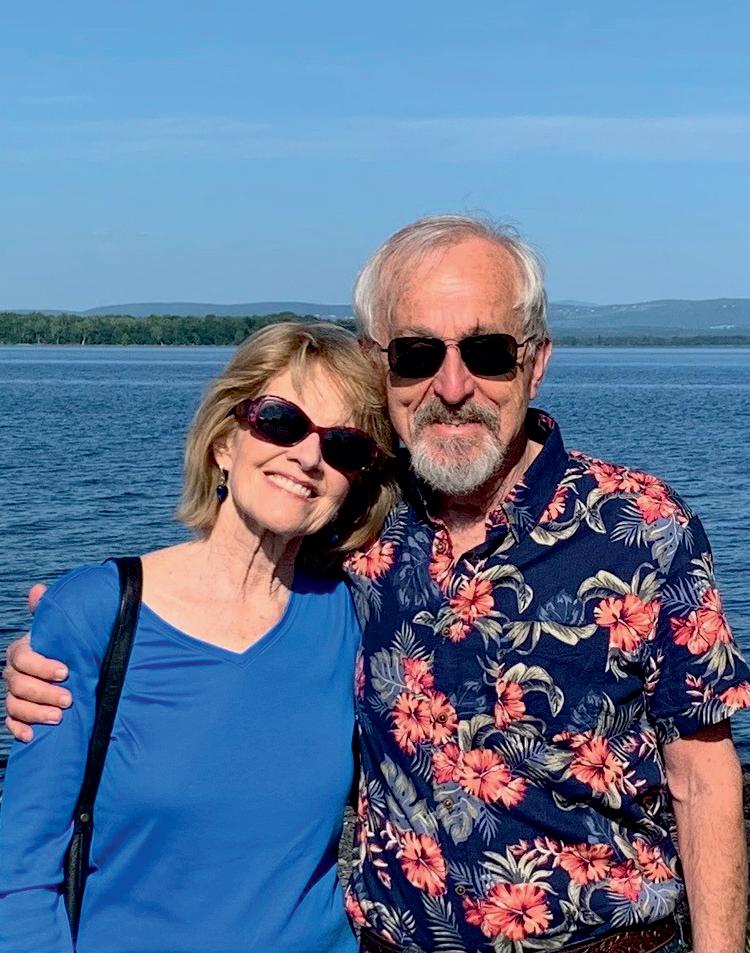



toinnovation.It’sareminderthatinourpursuitofautomation, we must never abandon the human element that guides wisdom,ethics,andcreativity
A key aspect of Dr Larson’s success lies in his leadership style. He does not lead through command and control but through mentorship, inquiry, and collaboration. He believes that students and colleagues thrive in environments where curiosity is nurtured and where failure is seen as a steppingstonetoinnovation.
He is known to encourage real-world engagement—urging students to test theories outside the lab and develop an intuitive understanding of systems. His mantra of “lead by example”hasturnedhimintonotonlyarespectedacademic but also a trusted mentor. Many of his former students now lead research labs, direct public policy initiatives, and guide majorcorporationsacrosstheworld.
By fostering a culture of curiosity and ethical inquiry, Dr Larson has ensured that his legacy is not confined to books andmodels—itlivesonintheheartsandmindsofthepeople he’smentored.
Every transformative journey encounters hurdles, and Dr Larson’sisnoexception.Heoftenpointstothechallengeof developingmodelsthatarebothmathematicallyrigorousand practically relevant. The real world is messy, dynamic, and non-linear—requiring constant iteration and feedback to createeffectivesolutions.
ButDr Larsonviewsthesechallengesasopportunities.“The hardestpartisalsothemostexciting,”hesays.Hisadviceto youngprofessionalsisequallycandid:“Forgetfollowingthe crowd. Carve your own path. Trust your intellectual instincts.”Thisresolvetothinkindependentlyandchallenge assumptions has allowed him to innovate where others saw onlylimitations.
Though officially retired from active research, Dr Larson remains a powerful presence at MIT and in the broader academic community. He continues to advise students, advocateforeducationalreform,andinspireanewgeneration ofmodel-basedthinkers.

Heenvisionsafutureinwhicheducationisnolongeraonesize-fits-allsystem,butapersonalizedjourneythatcultivates critical thinking, creativity, and lifelong learning. He champions educational ecosystems where technology supports,notsupplants,humanlearning
Whether through teaching, writing, or global initiatives like LINC and BLOSSOMS, Dr Larson’s work continues to ripple outward—affecting policies, inspiring students, and redefiningwhatitmeanstoleadwithbothintellectandheart.
The inclusion of the name Dr Richard Larson among renowned educational leaders is a testament to a career devoted to real-world impact. His innovations in queue management and operations research have revolutionized industries, while his commitment to accessible, interactive educationhasempoweredlearnersaroundtheworld.
Morethanhismodelsorresearchpapers,itishisphilosophy of leadership through service, his belief in critical thinking, and his devotion to mentorship that define his enduringlegacy
In an age hungry for innovation but often lacking direction, Dr. Larson provides a roadmap: lead with purpose, think deeply, and always strive to make the world more efficient, moreeducated,andmoreequitable.
In today's fast-changing world, education is undergoing a
profound transformation. Influenced by technological advancements, evolving economic demands, and shifting learner expectations, traditional models of teaching and learning are no longer sufficient. Education is no longer just aboutdeliveringcontentinastandardizedformat.Instead,itis about reimagining how, where, and why learning happens. Innovative approaches to education are helping institutions respondtothesechangesbyimprovingaccess,fosteringequity, and equipping students with the skills and mindsets needed to succeed in the 21st century. This transformation reflects a broader understanding that students have diverse needs, abilities,andlearningpreferences.One-size-fits-allapproaches havegivenwaytomoreflexible,customizedmodels.Thesenew frameworksfocusonpersonalization,inclusivity,andpractical learning,withanemphasisonpreparinglearnersforreal-world challenges.
This article outlines three major areas of educational innovation: personalized learning and adaptive technology, experiential and project-based models, and inclusive, community-centeredpractices.
Oneofthemostinfluentialinnovationsinmoderneducationis the use of personalized learning supported by adaptive technology This approach allows students to move through educational content at their own pace, focusing on their individualneeds,interests,andstrengths.Insteadoffollowinga rigid curriculum, learners can receive tailored instruction, immediate feedback, and customized support. Adaptive learningplatformsusedataanalysisandartificialintelligenceto assessstudentprogressandadjustcontentaccordingly,helping tocloselearninggapsinrealtime.


Personalized learning has proven especially valuable for students who may struggle in traditional classrooms. By recognizing differences in learning styles—whether visual, auditory,orhands-on—thesetechnologiesalloweachstudent tothriveontheirownterms.Teachersbenefitaswell,gaining access to real-time insights into student performance. This enables more targeted instruction and timely interventions, whichcanimproveengagementandacademicoutcomes.As more institutions adopt these systems, they are not just digitizing old methods but fundamentally changing the way educationisdeliveredandexperienced.
Anotherpowerfultrendineducationtransformationistherise of experiential and project-based learning (PBL). Unlike conventionalinstructionthatoftenemphasizesmemorization and standardized testing, PBL encourages students to apply whattheylearnthroughmeaningful,real-worldprojectsthat foster deeper understanding and engagement These experiences promote critical thinking, creativity, and collaboration, allowing learners to engage deeply with contentwhiledevelopingessentiallifeskillssuchasproblemsolving,adaptability,andleadership.
For example, students may work in teams to design sustainablesolutionsfortheircommunities,buildprototypes inamakerspace,orinvestigatescientificphenomenathrough fieldresearch.Suchactivitieshelpstudentsmakeconnections betweentheirclassroomlearningandtheworldaroundthem. In doing so, they build not only subject matter expertise but also soft skills such as communication, teamwork, and resilience. Many schools now partner with local businesses, nonprofits,andprofessionalstoprovidementorshipandreallife context to student projects. This collaborative approach helps learners see the relevance of their studies and better preparesthemforfutureacademicandcareeropportunities.
Innovativeeducationalsorequiresacommitmenttoinclusion and community involvement. Inclusive education ensures that all students, regardless of ability, background, or socioeconomic status, have equal access to high-quality learningexperiences.Thisincludescreatingsafe,supportive environmentswherediversityiscelebratedandinstructionis responsive to students’ unique cultural and personal identities. Teachers are being trained to use differentiated strategies that meet learners where they are, while schools invest in support systems that address physical, emotional, andacademicneeds.
Beyond inclusion, community-centered education seeks to deepentheconnectionbetweenschoolsandthecommunities they serve This model sees education as a shared responsibility, with parents, local organizations, and civic leadersplayinganactiveroleinshapingstudentexperiences. Schools that adopt this approach often host cultural events, provide community services, and integrate local knowledge intothecurriculum.Byinvolvingfamiliesandstakeholdersin decision-making, schools create more responsive and accountable systems. This not only strengthens trust and collaborationbutalsoensuresthateducationisrelevanttothe valuesandgoalsofthelocalpopulation.

Education transformation is no longer a future goal; it is a presentnecessity.Associetiescontinuetoevolve,sotoomust the systems that prepare individuals to navigate complexity and change. Personalized learning technologies, projectbased instructional methods, and inclusive, communitybasedapproachesrepresentsomeofthemostimpactfulways tomoveeducationforward.Theseinnovationsarenotsimply aboutupgradingtechnologyorrevisinglessonplans.Theyare about rethinking the purpose of education and designing systems that place the learner at the center. By embracing flexibility, relevance, and equity, educators and institutions can build environments where all students have the opportunity to succeed The journey toward education transformationisongoing,butwithcontinuedinnovationand collaboration,itisajourneywellworthtaking.





Education is undergoing a profound transformation as
we move deeper into the 21st century. Traditional modelsofteachingandlearningarenolongersufficient to meet the needs of a rapidly changing world. Advances in technology,theevolvingdemandsoftheworkforce,andamore interconnected global society are pushing educators and institutions to rethink their approach. The next-generation modelofeducationisemergingasapowerfulresponsetothese challenges, offering a more dynamic, personalized, and skilloriented learning experience. This new approach focuses on equippinglearnerswiththetoolsandmindsetneededtothrivein complex and uncertain environments. It moves beyond rote memorization and standardized instruction, emphasizing critical thinking, creativity, collaboration, and adaptability By placing learners at the center and integrating innovative teaching practices with cutting-edge technology, nextgeneration education aims to prepare students not just for academic success, but for lifelong growth and meaningful participationinsociety.
Technology has become an essential component of modern education,reshapinghowstudentsengagewithcontentandhow teachers deliver instruction. Digital platforms, artificial intelligence, and virtual learning tools are making classrooms more interactive, accessible, and effective For example, studentscanparticipateinvirtuallabs,explorehistoricalevents through immersive simulations, or receive personalized feedback from AI-based tutors These tools help learners progress at their own pace, removing barriers related to geography, time, and individual learning differences. Additionally, cloud-based systems facilitate collaboration, streamline administrative tasks, and provide students with continuous access to learning materials and real-time communicationwitheducators.
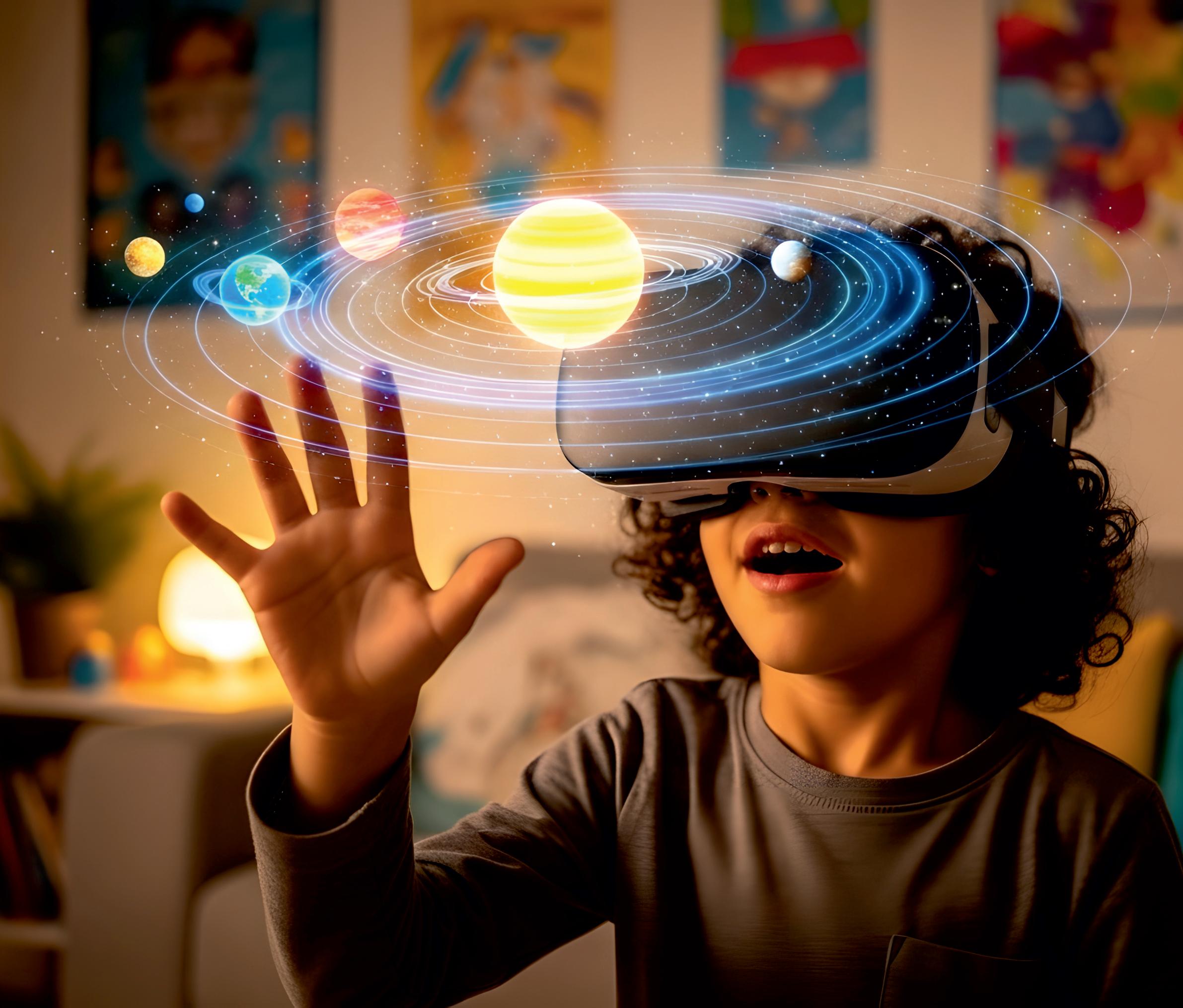

Educators are also turning to data analytics to better understand student performance and improve instructional methods. By analyzing learning behaviors and assessment results, teachers can identify where students are struggling and adjust their teaching strategies accordingly Predictive toolscanalerteducatorswhenastudentmayneedadditional support,allowingfortimelyandtargetedinterventions.This useoftechnologyenhancesnotonlyacademicoutcomesbut also the overall learning experience by creating more responsiveandsupportiveeducationalenvironments.
Oneofthedefiningfeaturesofthenext-generationapproach is its emphasis on personalization. Rather than expecting all students to follow the same path, this model recognizes that learners have different needs, interests, and paces.Adaptive learning technologies allow educational content to adjust in realtimebasedonastudent’sresponsesandprogress.These systems can also incorporate student preferences, learning styles, and behavioral patterns to further enhance engagement. As a result, students are more likely to stay engagedandachieveadeeperunderstandingofthematerial. Personalized learning also encourages self-direction and independence, key traits in an age of rapid change and continuouslearning.
Closely related to personalization is the rise of competencybasededucation.Thismodelenablesstudentstoadvanceonce theyhavedemonstratedmasteryofspecificskillsorconcepts, rather than moving forward based on seat time or age. This ensures that students build a strong foundation before progressing, which helps close learning gaps and promotes truecomprehension.Competency-basedlearningisalsomore aligned with the needs of modern employers, who often prioritize practical skills and demonstrated ability over traditional credentials. By allowing students to learn at their own pace, this method supports long-term retention and confidence.
Educationtodaymustgobeyondacademiccontenttoprepare studentsforthebroaderdemandsoflifeandwork.Thenextgeneration model focuses on developing a wide range of skills, including communication, collaboration, emotional intelligence, and problem-solving. These are essential for navigatingthecomplexitiesoftoday’sworkplaceandsociety. Many schools are incorporating project-based learning,
interdisciplinarycurricula,andreal-worldscenariostofoster these abilities. Technology-enhanced platforms, such as interactivesimulationsanddigitalcollaborationtools,further support skill-building in dynamic, engaging ways. Such activities encourage students to think critically, work in teams,andapplytheirknowledgeinmeaningfulways.
Equallyimportantiscultivatingglobalawarenessandsocial responsibility. As the world becomes more interconnected, students need to understand and engage with diverse perspectivesandglobalchallenges.Educationalprogramsare increasingly incorporating themes such as sustainability, equity, and digital citizenship Classroom discussions, international case studies, and global issue simulations help deepen awareness and critical analysis. Opportunities for servicelearning,culturalexchange,andvirtualcollaboration withpeersinothercountrieshelpstudentsdevelopempathy, respectfordiversity,andasenseofglobalcitizenship.
The next-generation approach to education represents a significant shift in both mindset and practice. By embracing technology, personalizing learning, and focusing on realworld competencies, it offers a more relevant and effective educationalexperience.Thismodelrecognizesthattheworld studentsareenteringisverydifferentfromtheonethatshaped traditionaleducationsystems.Preparinglearnersforsuccess nowrequiresmorethanknowledge;itdemandsadaptability, critical thinking, and a commitment to lifelong growth. As more schools and institutions adopt these forward-thinking practices,educationisbeingreshapedintoapowerfultoolfor individual empowerment and societal progress. The transformation is already underway, and its impact is poised tobenefitgenerationstocome.


